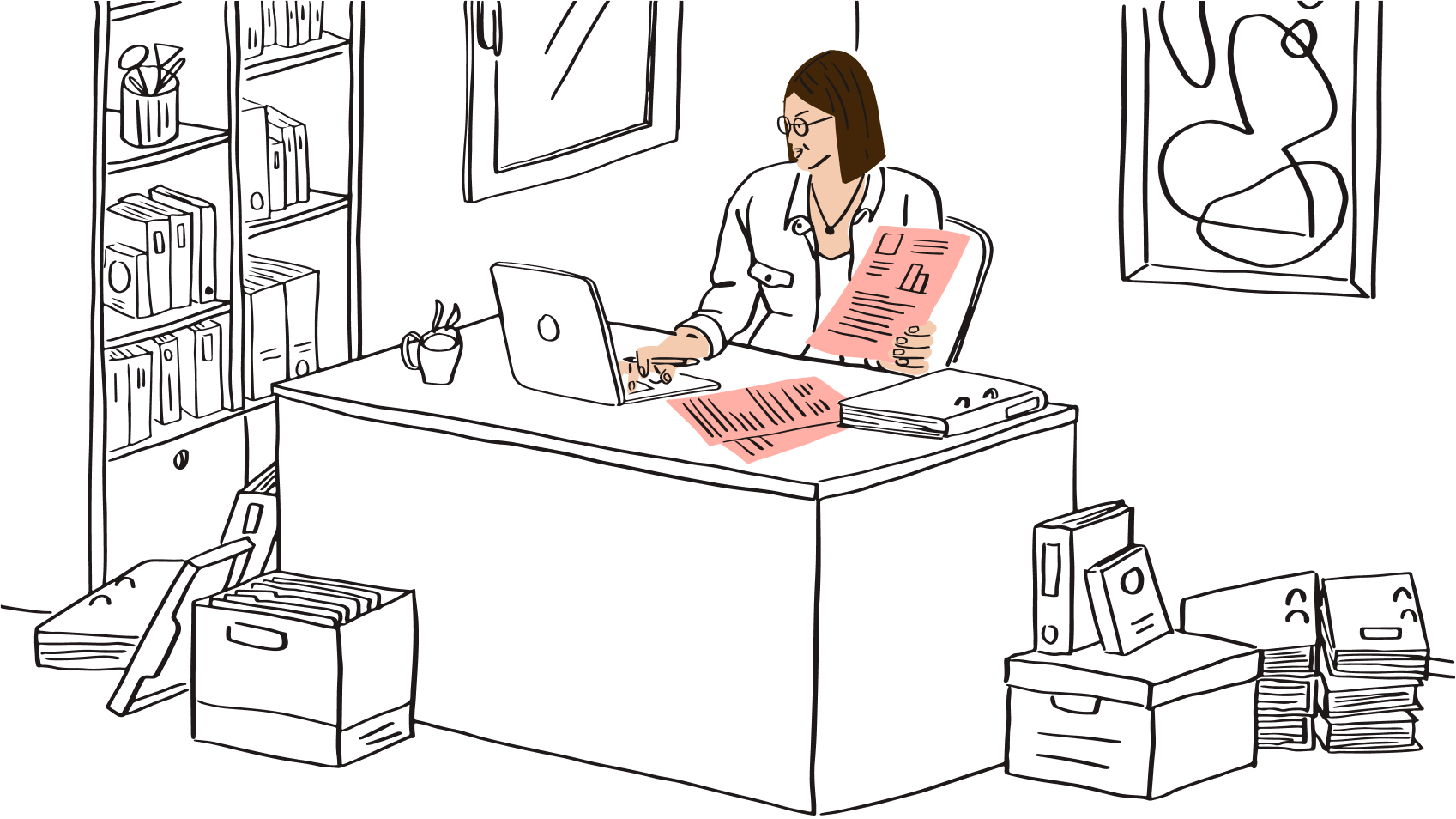Step 1: Share the minimum viable context
Lessons learned in write for understanding and write with brevity apply here. Pre-reads should achieve one goal: provide enough information to someone who may have little to no context so that they can meaningfully contribute in the meeting. Your pre-read should take the place of the common “Let me bring folks up to speed…” part of the meeting, saving five to ten minutes upfront. Attendees should be able to grasp the basics in five minutes or less. Try to format your pre-read in bullets to force clarity. Bonus points if you’re able to link out to meaningful components where folks can optionally learn more in advance (example: a Dropbox folder, a collaborative document like Paper document, or a ticket in a project management system).


